Home>Furniture & Design>Interior Design Trends>How To Find Sea Glass
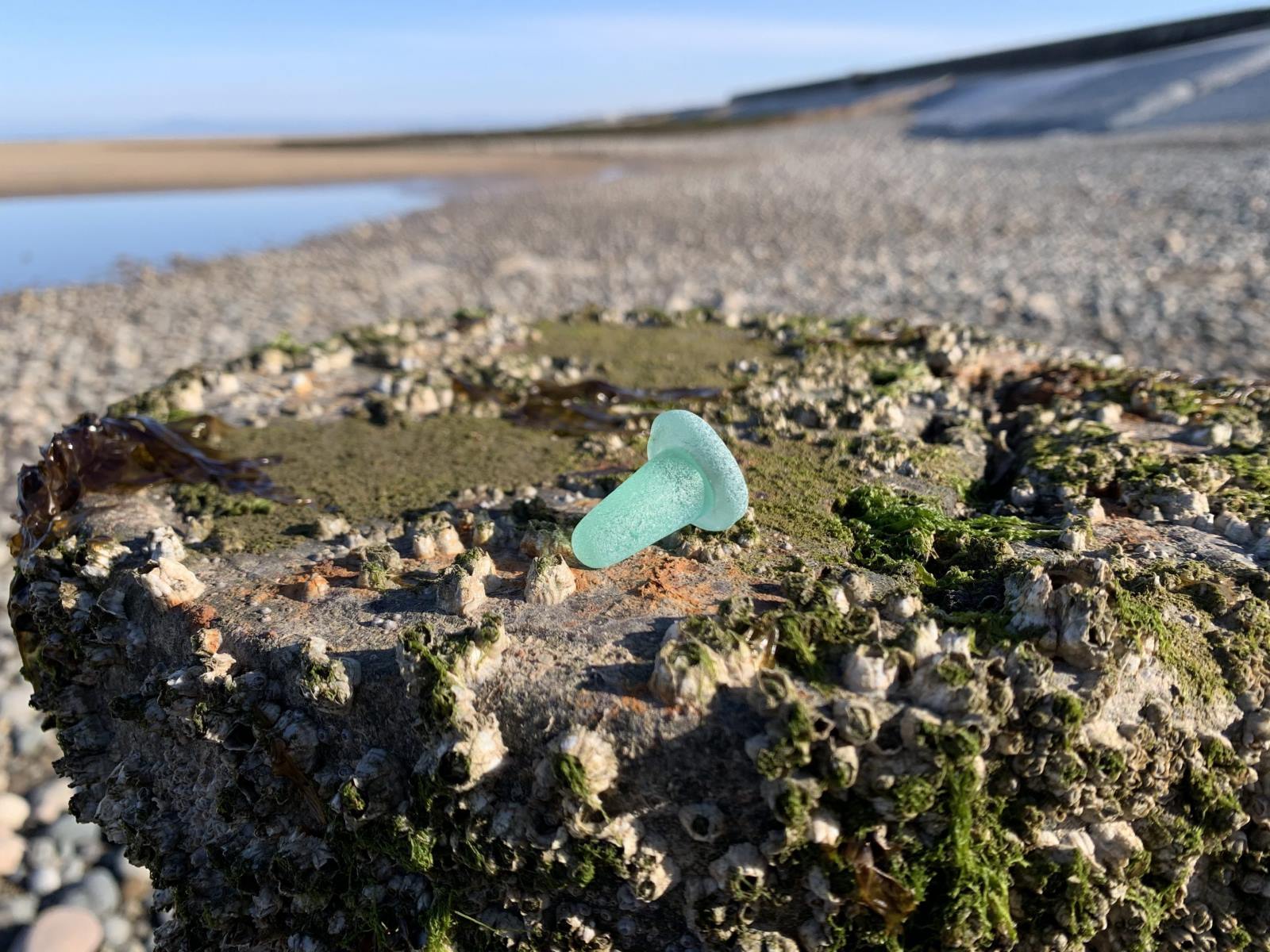

Interior Design Trends
How To Find Sea Glass
Modified: March 2, 2024
Discover the latest interior design trends and learn how to find sea glass to add a unique touch to your decor. Explore creative ideas for incorporating sea glass into your home design.
(Many of the links in this article redirect to a specific reviewed product. Your purchase of these products through affiliate links helps to generate commission for Storables.com, at no extra cost. Learn more)
Introduction
Sea glass hunting is a captivating and rewarding activity that draws enthusiasts to the shores in search of these exquisite treasures. The allure of discovering these smooth, frosted gems nestled among the sands resonates with both seasoned collectors and casual beachcombers. As the rhythmic waves kiss the shore, they carry with them a myriad of stories, encapsulated within the glistening fragments of sea glass. This article serves as a comprehensive guide to help you embark on your own sea glass hunting adventure, providing valuable insights on where to find sea glass, the best times to search for it, and essential tips for a successful expedition.
The appeal of sea glass lies not only in its aesthetic charm but also in the mystery of its origins. Each piece of sea glass has a unique history, having endured a transformative journey from discarded glass to a polished gem, shaped by the relentless ebb and flow of the ocean. Whether you are drawn to the thrill of the hunt or the meditative tranquility of combing the shoreline, the experience of finding sea glass is undeniably captivating.
With the rise of eco-conscious practices, the appreciation for sea glass has grown, as it embodies the concept of nature's ability to transform waste into something beautiful. This has sparked a resurgence of interest in sea glass hunting, as individuals seek to connect with nature and uncover these hidden treasures while contributing to coastal cleanup efforts.
Embarking on a sea glass hunting expedition offers a unique opportunity to immerse oneself in the coastal environment, where the symphony of crashing waves and the salty sea breeze create an enchanting backdrop for exploration. Whether you are a seasoned collector or a novice enthusiast, the allure of uncovering these ocean-polished gems is an experience that promises both relaxation and excitement.
As we delve into the intricacies of sea glass hunting, you will gain valuable insights into the art of finding, cleaning, and displaying these exquisite coastal gems. So, grab your beachcombing gear and get ready to embark on a journey of discovery as we unravel the secrets of finding sea glass.
Key Takeaways:
- Discovering sea glass is a captivating adventure, offering a connection to nature and history. Look for it on coastal beaches, near estuaries, and at historical sites for a chance to uncover these ocean-polished treasures.
- To find sea glass, explore during low tide, after storms, and in the early morning or dusk. Patience, observation, and respect for the environment are key to successful sea glass hunting.
Read more: How Do You Find Sea Glass
What is Sea Glass?
Sea glass, also known as beach glass or mermaid's tears, is a captivating and alluring form of weathered glass that has been naturally transformed by the relentless forces of the ocean. Originating from discarded glass bottles, jars, and other glassware, sea glass undergoes a remarkable metamorphosis as it is tumbled and polished by the waves and sand over an extended period of time.
The journey of sea glass begins when glass items are discarded into the sea, where they undergo a process of erosion and weathering. The glass fragments are subjected to the ceaseless motion of the tides, which gradually wear down their sharp edges and smooth their surfaces. Over time, the once jagged and sharp glass shards are transformed into smooth, frosted gems, adorned with a lustrous patina that reflects the hues of the sea.
The enchanting allure of sea glass lies in its origins and the stories it carries. Each piece of sea glass is a testament to the enduring power of nature to repurpose and beautify discarded objects. As a result, sea glass embodies a sense of history and mystery, as the origins of each fragment remain shrouded in the enigmatic depths of the ocean.
The colors of sea glass are as diverse as the marine landscapes from which they emerge. From vibrant greens and blues to soft pastel hues, the spectrum of sea glass colors reflects the myriad sources from which they originate. The most sought-after sea glass colors are those that are less common, such as red, orange, and turquoise, adding an element of rarity and intrigue to the sea glass hunting experience.
Beyond its aesthetic appeal, sea glass holds a symbolic significance, representing the resilience and transformative power of nature. It serves as a poignant reminder of the interconnectedness between human activity and the environment, as well as the potential for beauty to emerge from the most unexpected places.
In essence, sea glass is a testament to the enduring relationship between humanity and the sea, encapsulating the cyclical nature of transformation and renewal. Its allure lies not only in its visual appeal but also in the stories it carries and the connection it fosters with the coastal environment.
Where to Find Sea Glass
Coastal Beaches:
Coastal beaches are prime locations for sea glass hunting, offering a treasure trove of frosted gems waiting to be discovered. The constant ebb and flow of the tides play a pivotal role in shaping the coastline, gradually smoothing and polishing discarded glass fragments into sea glass. Look for beaches with a history of maritime activity, as they often yield a rich assortment of sea glass, reflecting the remnants of bygone vessels and coastal settlements.
Near Estuaries and River Mouths:
Estuaries and river mouths serve as natural conduits for transporting glass debris from inland areas to the sea. The convergence of freshwater and saltwater creates dynamic environments where glass fragments are carried and deposited along the shoreline. These transitional zones offer promising opportunities for sea glass hunting, as the interplay of currents and sedimentation contributes to the accumulation of sea glass in these areas.
Read more: Where Can I Find Sea Glass
Coastal Cliffs and Bluffs:
Coastal cliffs and bluffs provide vantage points for sea glass enthusiasts to explore, offering panoramic views of the shoreline and access to secluded coves and inlets. The geological formations of cliffs and bluffs influence the distribution of sea glass, as they serve as natural barriers that trap and accumulate glass fragments over time. Venturing along these rugged coastlines can unveil hidden alcoves where sea glass awaits discovery, nestled among the rocky outcrops and tidal pools.
Offshore Islands and Islets:
Offshore islands and islets are often overlooked havens for sea glass hunting, as their remote and less frequented shores harbor undisturbed collections of sea glass. The isolation of these coastal enclaves preserves the integrity of sea glass deposits, offering a pristine environment for enthusiasts to explore. Accessible by boat or during low tide, these offshore sanctuaries present an opportunity to uncover rare and unspoiled sea glass treasures, evoking a sense of adventure and discovery.
Historical Coastal Sites:
Historical coastal sites, such as former harbors, shipwreck locations, and ancient settlements, hold a wealth of sea glass waiting to be unearthed. The remnants of maritime activities and human settlements contribute to the abundance of sea glass in these areas, offering a glimpse into the bygone eras that have shaped the coastal landscape. Exploring these historical sites not only presents an opportunity to find sea glass but also allows for a deeper connection with the maritime heritage and cultural narratives woven into the coastal fabric.
Remote and Undisturbed Shores:
Remote and undisturbed shores, far from bustling tourist destinations, offer a serene and unspoiled setting for sea glass hunting. These secluded stretches of coastline retain the authenticity of natural beachcombing experiences, where the unspoiled beauty of the shoreline is complemented by the allure of discovering sea glass in its pristine state. Venturing off the beaten path to these tranquil shores can yield a sense of tranquility and a bountiful harvest of sea glass, rewarding the intrepid explorer with a truly immersive coastal adventure.
In summary, the search for sea glass encompasses a diverse array of coastal environments, each offering its own unique allure and potential for discovery. Whether combing the sandy beaches, exploring estuarine landscapes, or venturing to remote shores, the pursuit of sea glass presents an opportunity to connect with the coastal environment and uncover the timeless allure of these ocean-polished treasures.
Read more: What Is Sea Glass
Best Times to Search for Sea Glass
The quest for sea glass is intricately intertwined with the rhythms of nature, and the timing of your expedition can significantly influence the outcome of your sea glass hunting endeavors. Understanding the best times to search for sea glass is essential for optimizing your chances of uncovering these coveted coastal gems.
Low Tide Periods:
Low tide periods offer prime conditions for sea glass hunting, as the receding waters unveil expansive stretches of shoreline that are typically submerged during high tide. The exposed seabed and intertidal zones reveal hidden troves of sea glass that have been deposited and concealed by the tides. Timing your sea glass hunting excursions to coincide with low tide periods provides access to areas that are otherwise inaccessible, allowing for thorough exploration of the coastal landscape.
After Storms and Rough Seas:
Following storms and periods of rough seas, the shoreline undergoes dynamic changes, leading to the redistribution of sea glass and the unveiling of new deposits. The tumultuous forces of nature churn the ocean waters, dislodging and reshaping the sea glass scattered along the coast. Venturing out after such natural upheavals presents an opportune moment to discover freshly exposed sea glass, as well as rare finds that have been unearthed from their sandy concealment.
Early Morning and Dusk:
The tranquil moments of early morning and dusk offer a serene ambiance for sea glass hunting, as the soft light and gentle tides create an idyllic setting for exploration. The subdued illumination during these times accentuates the colors and textures of sea glass, enhancing visibility and facilitating the discovery of these coastal treasures. Additionally, the cooler temperatures and reduced foot traffic contribute to a more contemplative and undisturbed sea glass hunting experience.
Read more: What To Do With Sea Glass
Seasonal Considerations:
Seasonal variations can influence the availability of sea glass, with certain times of the year yielding more abundant harvests. Spring and early summer are often favorable seasons for sea glass hunting, as the combination of increased beach activity and natural processes contributes to the accumulation and exposure of sea glass. Conversely, winter storms and higher tides may obscure sea glass deposits, necessitating a strategic approach to timing sea glass hunting expeditions during these periods.
Lunar Cycles:
The gravitational pull of the moon exerts a profound influence on the tides, resulting in distinct tidal patterns that can impact sea glass hunting. Aligning your sea glass hunting excursions with specific lunar phases, such as spring tides or neap tides, can reveal unique opportunities for uncovering sea glass. Understanding the interplay between lunar cycles and tidal movements can enhance your ability to predict optimal times for sea glass hunting and maximize your chances of finding these ocean-polished treasures.
In essence, the best times to search for sea glass are characterized by a harmonious convergence of natural phenomena, seasonal dynamics, and strategic timing. By attuning your sea glass hunting expeditions to these optimal conditions, you can elevate the allure of your coastal explorations and embark on a journey of discovery that is enriched by the ebb and flow of the tides and the timeless allure of sea glass.
Tips for Finding Sea Glass
1. Patience and Persistence:
Sea glass hunting is a pursuit that rewards patience and persistence. Embrace the meditative rhythm of combing the shoreline, allowing ample time for thorough exploration. The act of scanning the sands and pebbles with a discerning eye is a practice that cultivates mindfulness and heightens your chances of discovering sea glass treasures.
Read more: How To Display Sea Glass
2. Observing Wave Patterns:
Understanding the dynamics of wave patterns and their impact on the shoreline can provide valuable insights for sea glass hunting. Observing the ebb and flow of the waves allows you to anticipate where sea glass may be deposited, as well as identify areas where glass fragments are likely to accumulate. Pay attention to the intertidal zones and the patterns of wave action to strategically focus your search efforts.
3. Utilizing a Mesh Bag or Sifter:
Equipping yourself with a mesh bag or sifter can streamline the sea glass hunting process, allowing you to efficiently sift through sand and pebbles while retaining the sea glass. As you collect potential finds, gently sifting them through the mesh bag can help separate the sea glass from the surrounding debris, facilitating a more systematic and thorough search.
4. Exploring Tidal Pools and Rock Formations:
Tidal pools and rocky formations along the shoreline often harbor hidden caches of sea glass, sheltered within their crevices and alcoves. Venturing into these natural enclaves can unveil overlooked treasures, as the interplay of tides and geological features contributes to the accumulation of sea glass in these secluded habitats. Exercise caution and curiosity as you navigate these coastal landscapes, as they hold the potential for remarkable discoveries.
5. Noticing Color Variations:
Developing an eye for color variations can enhance your ability to discern sea glass amidst the natural hues of the shoreline. While vibrant and distinct colors are prized finds, subtle and muted tones also hold their own allure. Training yourself to notice the nuanced shades of sea glass can expand your appreciation for the diverse spectrum of colors and enrich your sea glass hunting experience.
Read more: How Is Sea Glass Formed
6. Respecting the Coastal Environment:
As you embark on your sea glass hunting expeditions, it is essential to uphold environmental stewardship and respect the natural habitats that harbor these coastal treasures. Practice Leave No Trace principles, refraining from disturbing sensitive ecosystems and adhering to ethical collection practices. By approaching sea glass hunting with a mindset of conservation and reverence for the coastal environment, you contribute to the preservation of these pristine landscapes for future generations.
7. Embracing Serendipitous Discoveries:
Sea glass hunting is a journey of serendipitous discoveries, where each find carries its own narrative and allure. Embrace the element of surprise and spontaneity as you uncover sea glass treasures, allowing each discovery to evoke a sense of wonder and appreciation. The beauty of sea glass lies not only in its physical form but also in the stories it embodies, inviting you to embrace the enchanting unpredictability of the hunt.
8. Sharing the Experience:
Engaging in sea glass hunting with fellow enthusiasts or sharing your discoveries with others can enrich the experience and foster a sense of camaraderie. Whether exchanging stories of remarkable finds or collaborating on coastal cleanup initiatives, the act of sharing the sea glass hunting experience creates a sense of community and connection. By celebrating the joy of discovery together, you contribute to the collective appreciation for the timeless allure of sea glass.
Incorporating these tips into your sea glass hunting expeditions can elevate the art of discovery and deepen your connection with the coastal environment. As you immerse yourself in the pursuit of sea glass, let these insights guide your explorations and infuse your experiences with a sense of curiosity, reverence, and appreciation for the enduring allure of these ocean-polished treasures.
Cleaning and Displaying Sea Glass
Cleaning and displaying sea glass are essential aspects of preserving and showcasing these exquisite coastal treasures. Upon collecting sea glass from the shoreline, it is crucial to employ gentle and meticulous cleaning techniques to reveal the full luster and beauty of each piece. Subsequently, thoughtfully displaying sea glass allows for the creation of captivating arrangements that celebrate the unique colors, shapes, and textures of these ocean-polished gems.
Read more: How To Clean Sea Glass
Cleaning Sea Glass
Cleaning sea glass requires a delicate approach to remove any accumulated debris and unveil its natural brilliance. Begin by gently rinsing the sea glass in lukewarm water to remove surface impurities, such as sand and salt residue. Avoid using harsh chemicals or abrasive cleaners, as they can compromise the frosted patina of the sea glass. For stubborn residues, a mild solution of dish soap and water can be applied with a soft-bristled brush to gently scrub the sea glass, followed by thorough rinsing and drying.
Displaying Sea Glass
Displaying sea glass offers an opportunity to showcase the enchanting allure of these coastal gems in a visually captivating manner. Consider arranging sea glass by color, size, or shape to create aesthetically pleasing compositions that highlight the diversity of your collection. Glass jars, vases, or shadow boxes provide elegant display options, allowing the sea glass to be showcased while preserving its natural beauty. Additionally, incorporating sea glass into decorative crafts, such as mosaic art or jewelry, offers a creative outlet for expressing the timeless appeal of these ocean-polished treasures.
By thoughtfully cleaning and displaying sea glass, enthusiasts can honor the inherent beauty of these coastal gems while sharing their captivating allure with others. Whether adorning a windowsill, embellishing a coastal-themed centerpiece, or inspiring artistic creations, sea glass serves as a tangible reminder of the enduring relationship between humanity and the sea, inviting admiration and appreciation for its timeless allure.
Frequently Asked Questions about How To Find Sea Glass
Was this page helpful?
At Storables.com, we guarantee accurate and reliable information. Our content, validated by Expert Board Contributors, is crafted following stringent Editorial Policies. We're committed to providing you with well-researched, expert-backed insights for all your informational needs.
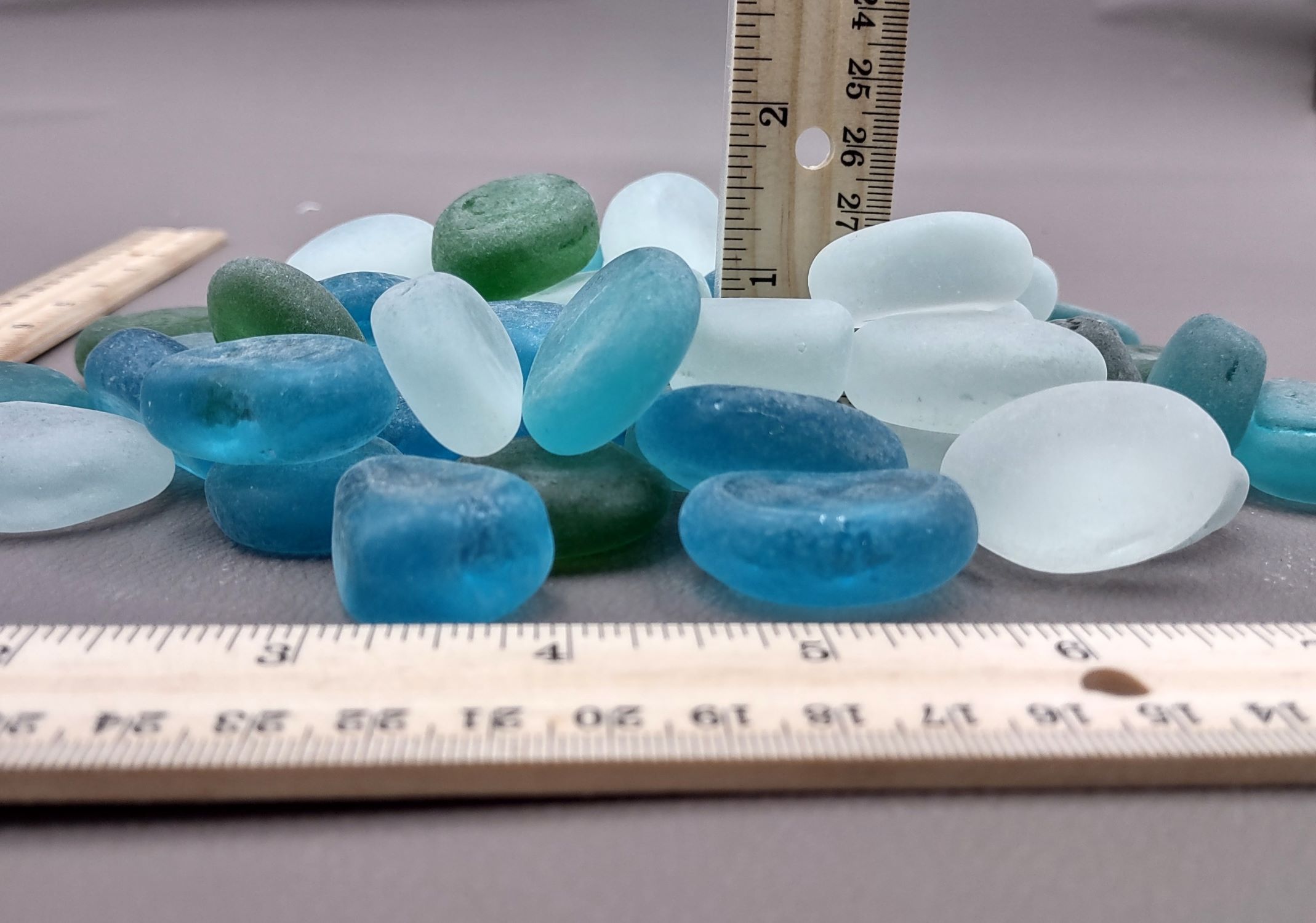
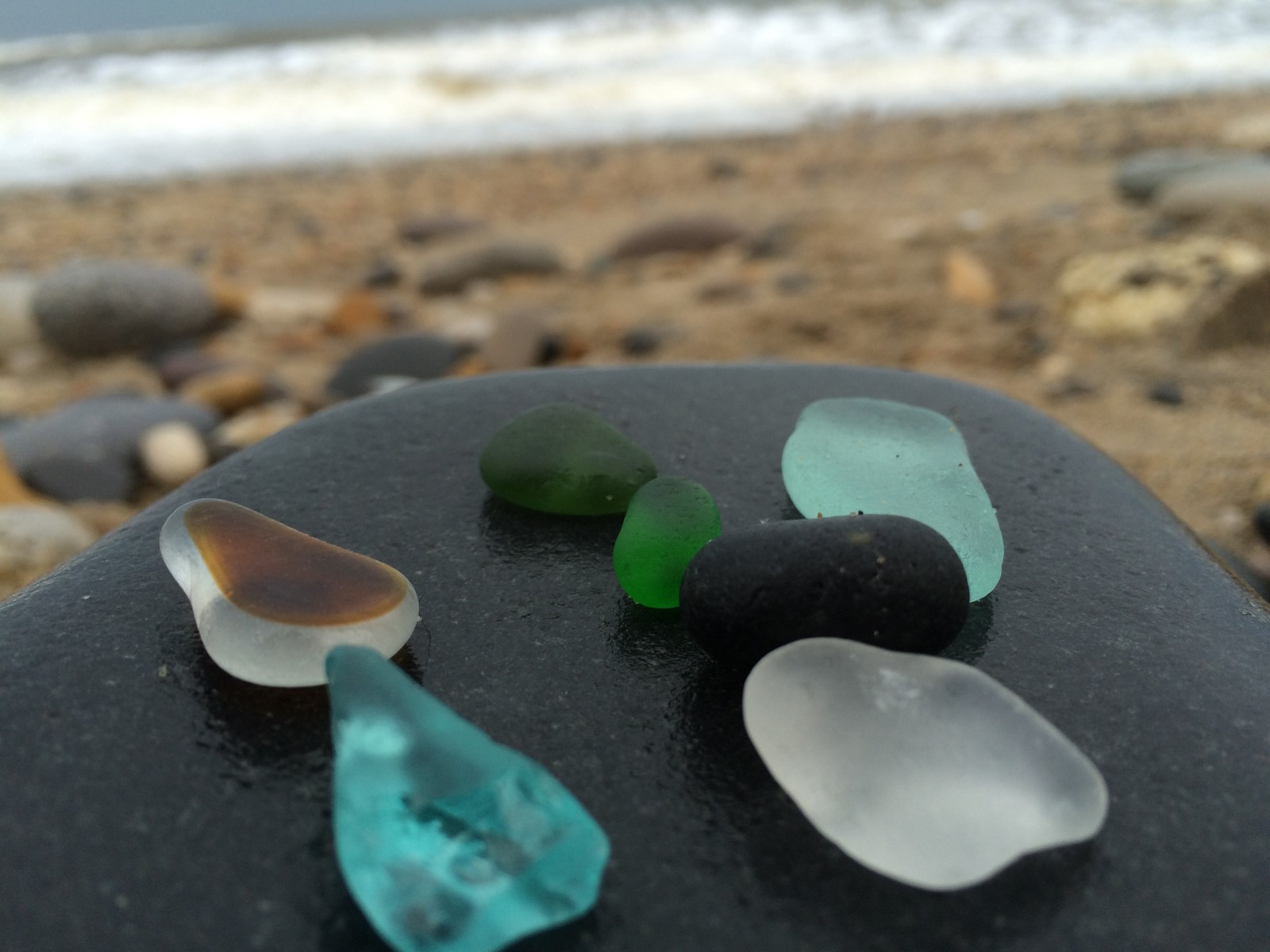
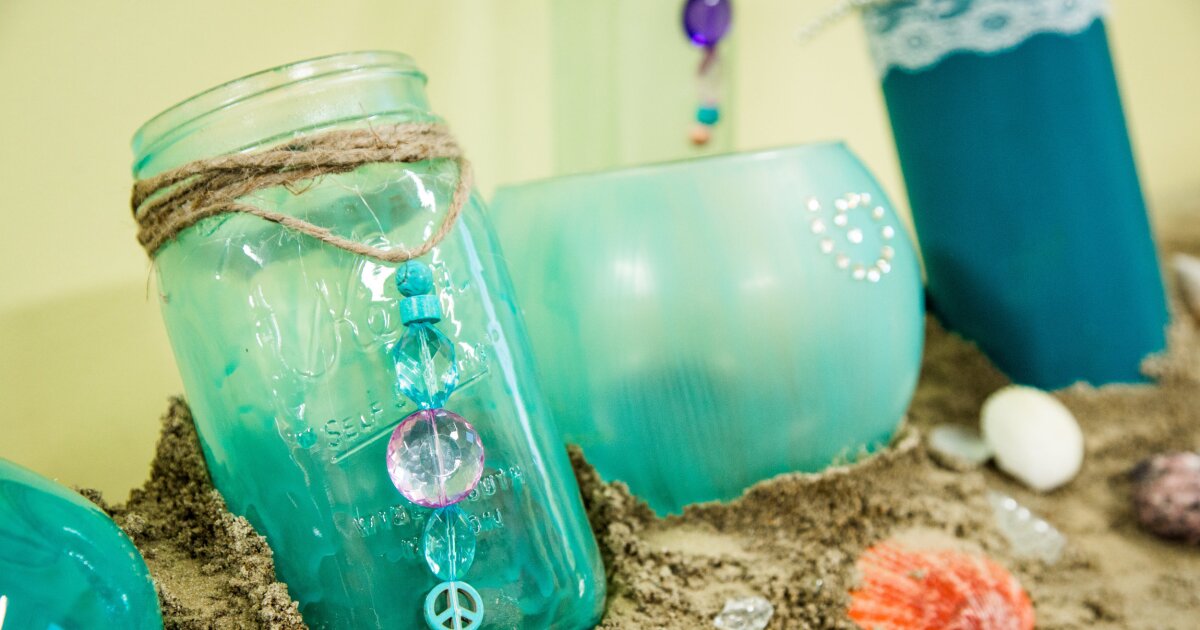
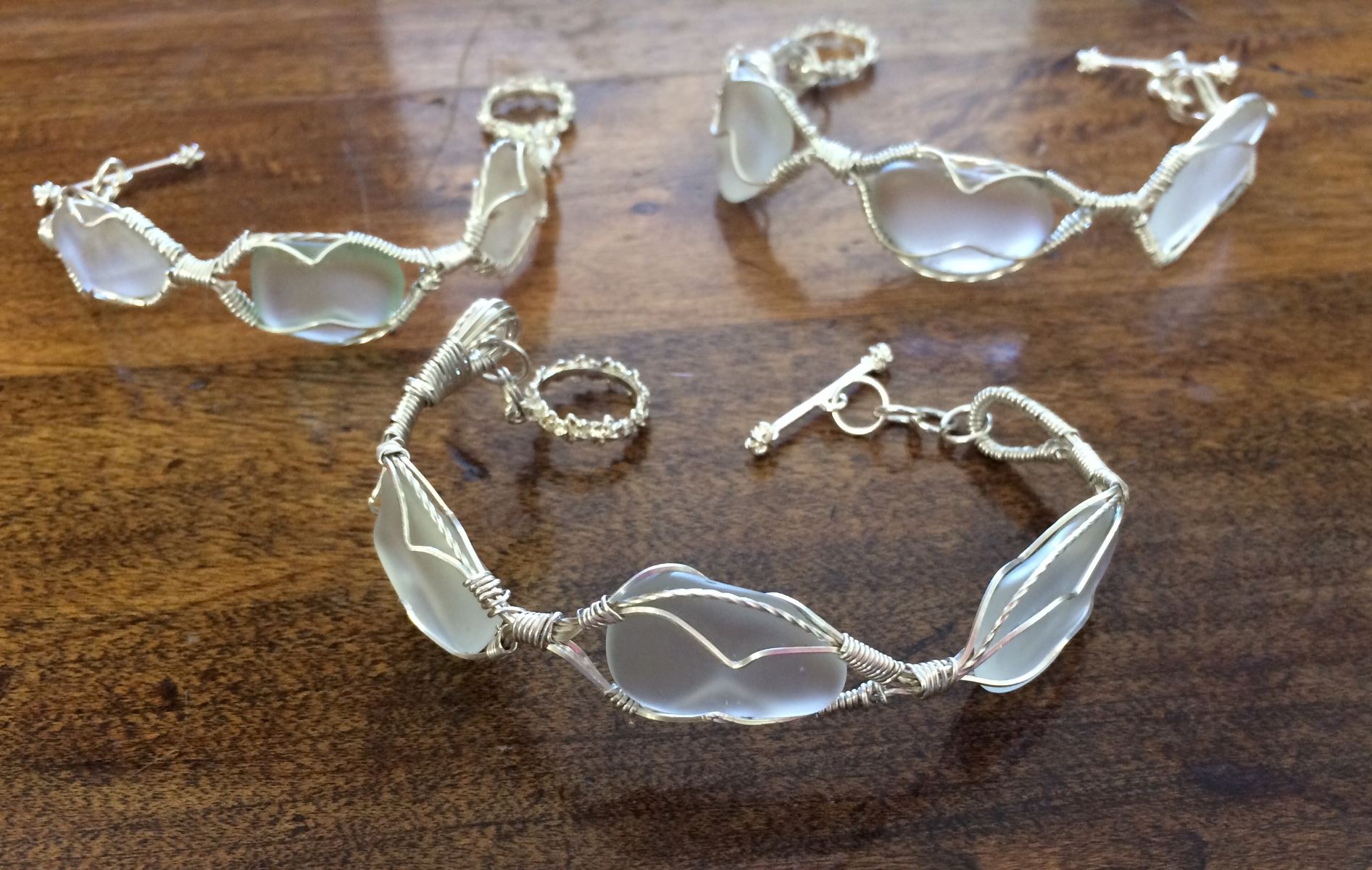
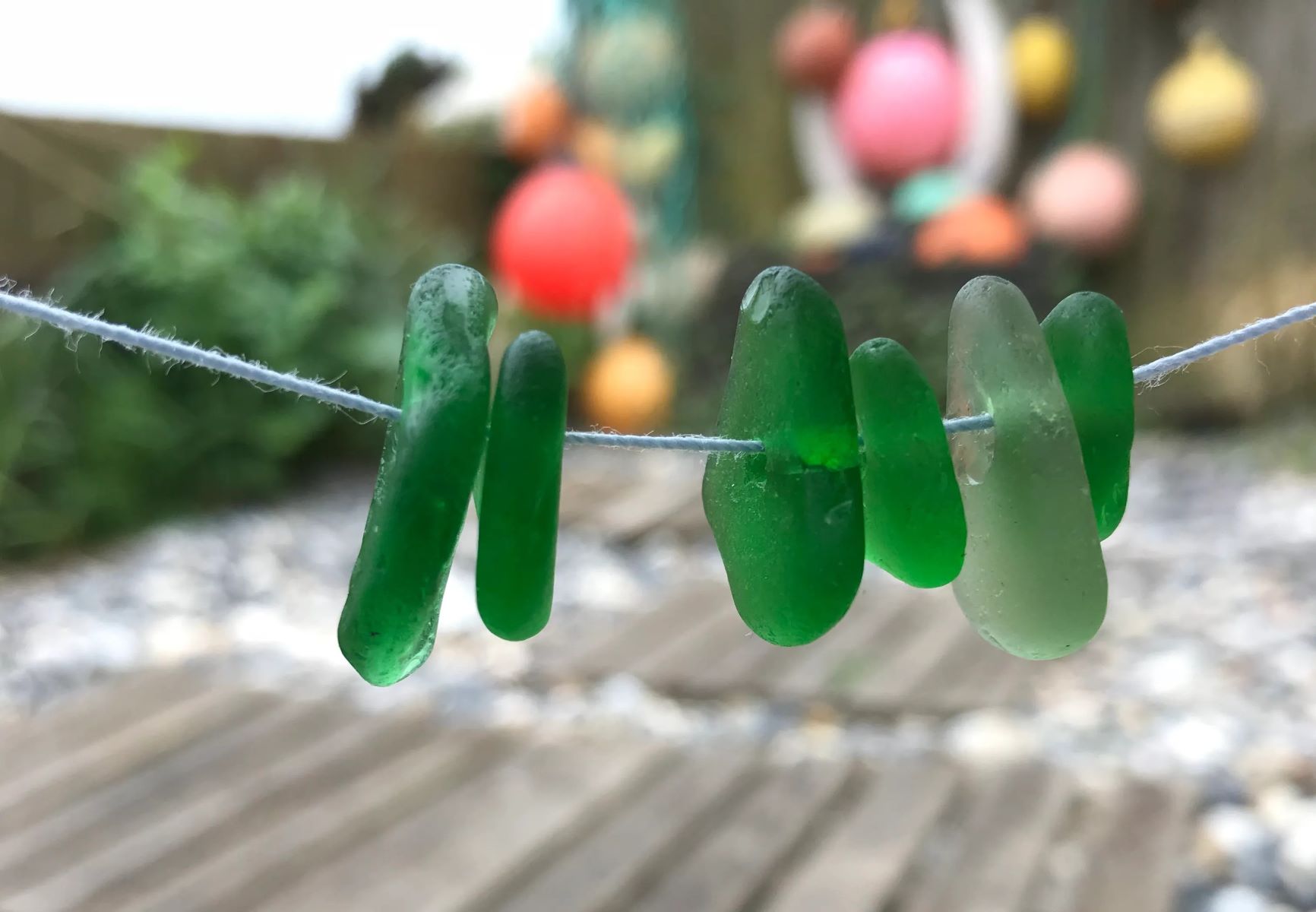
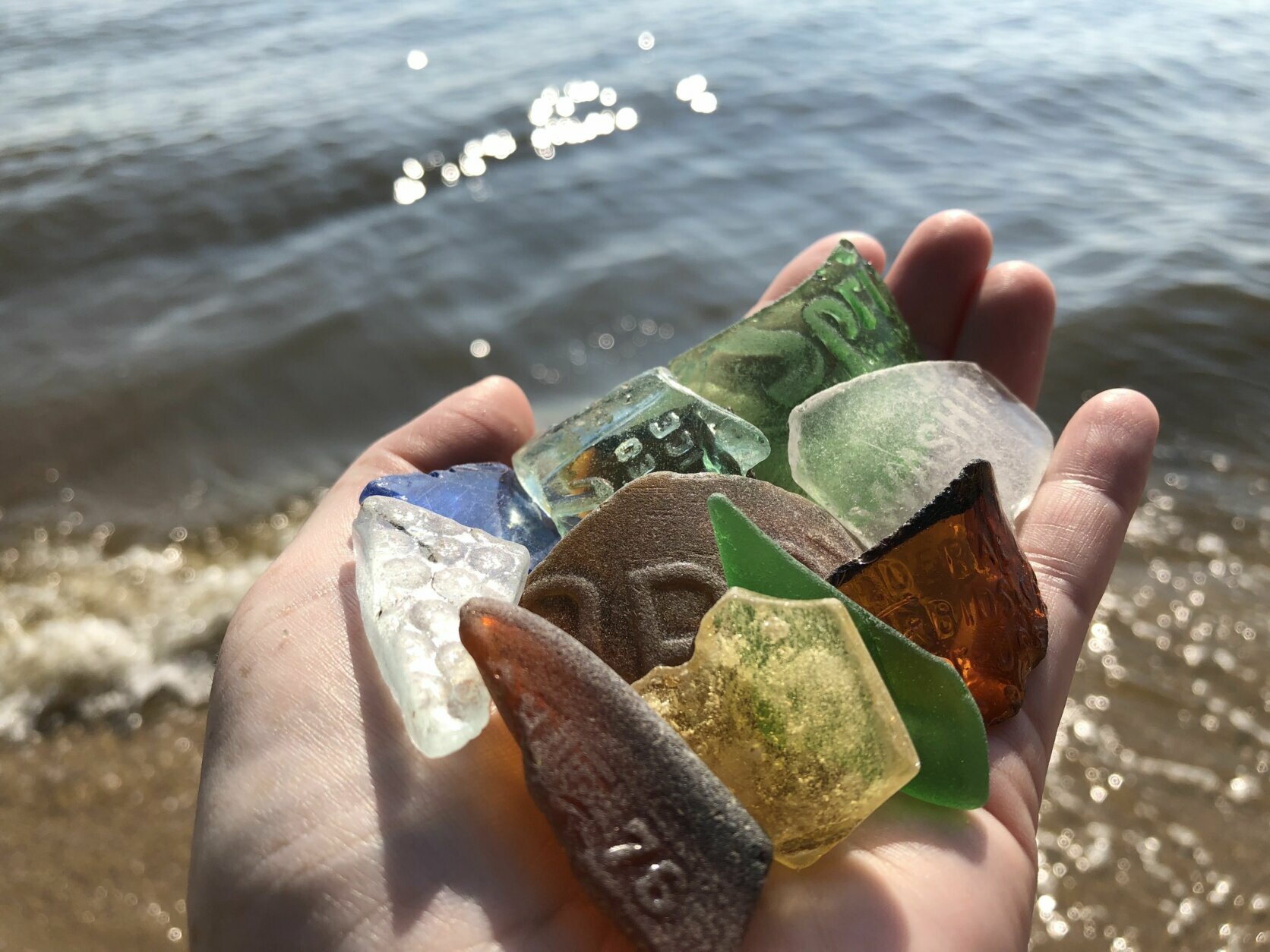
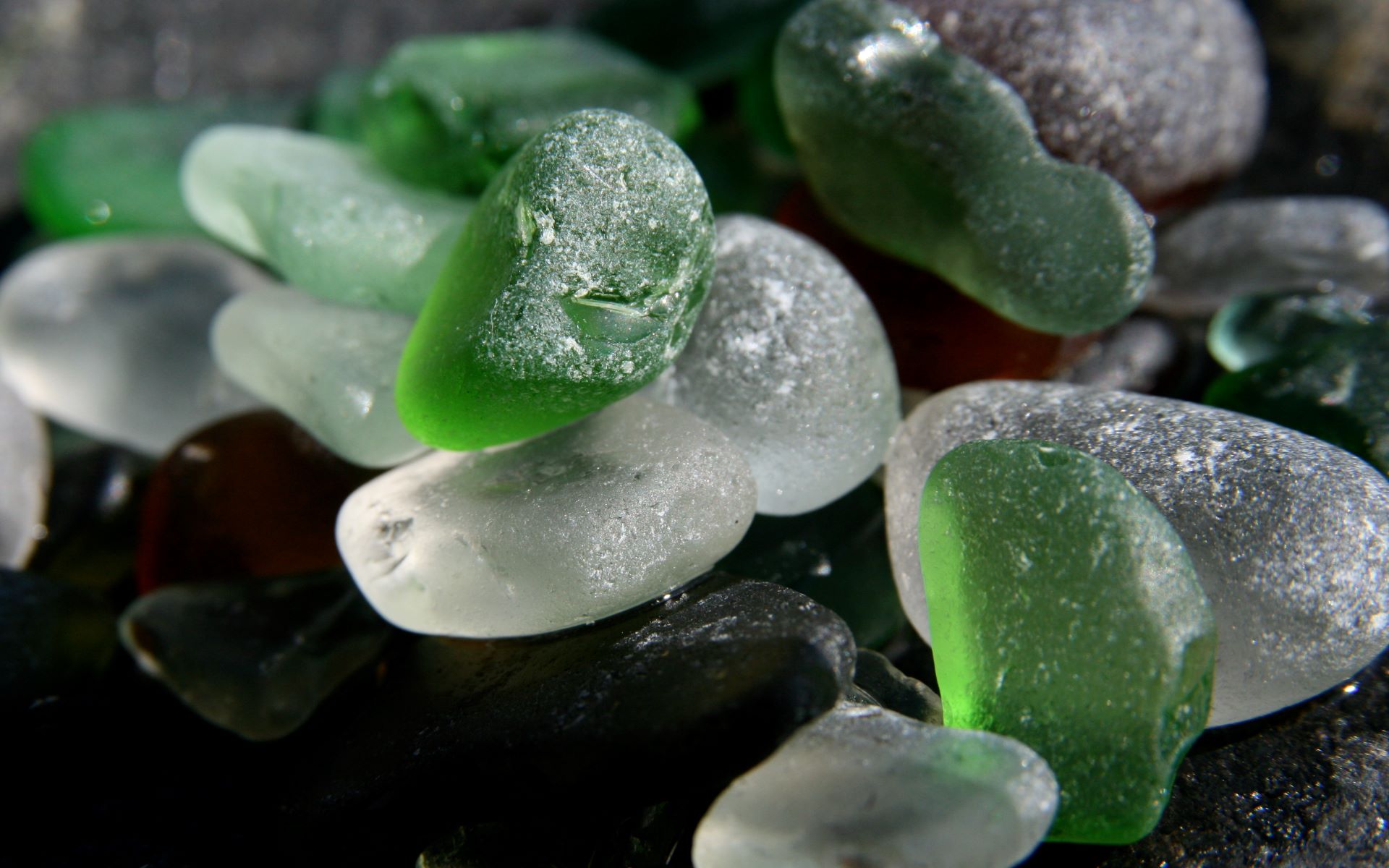
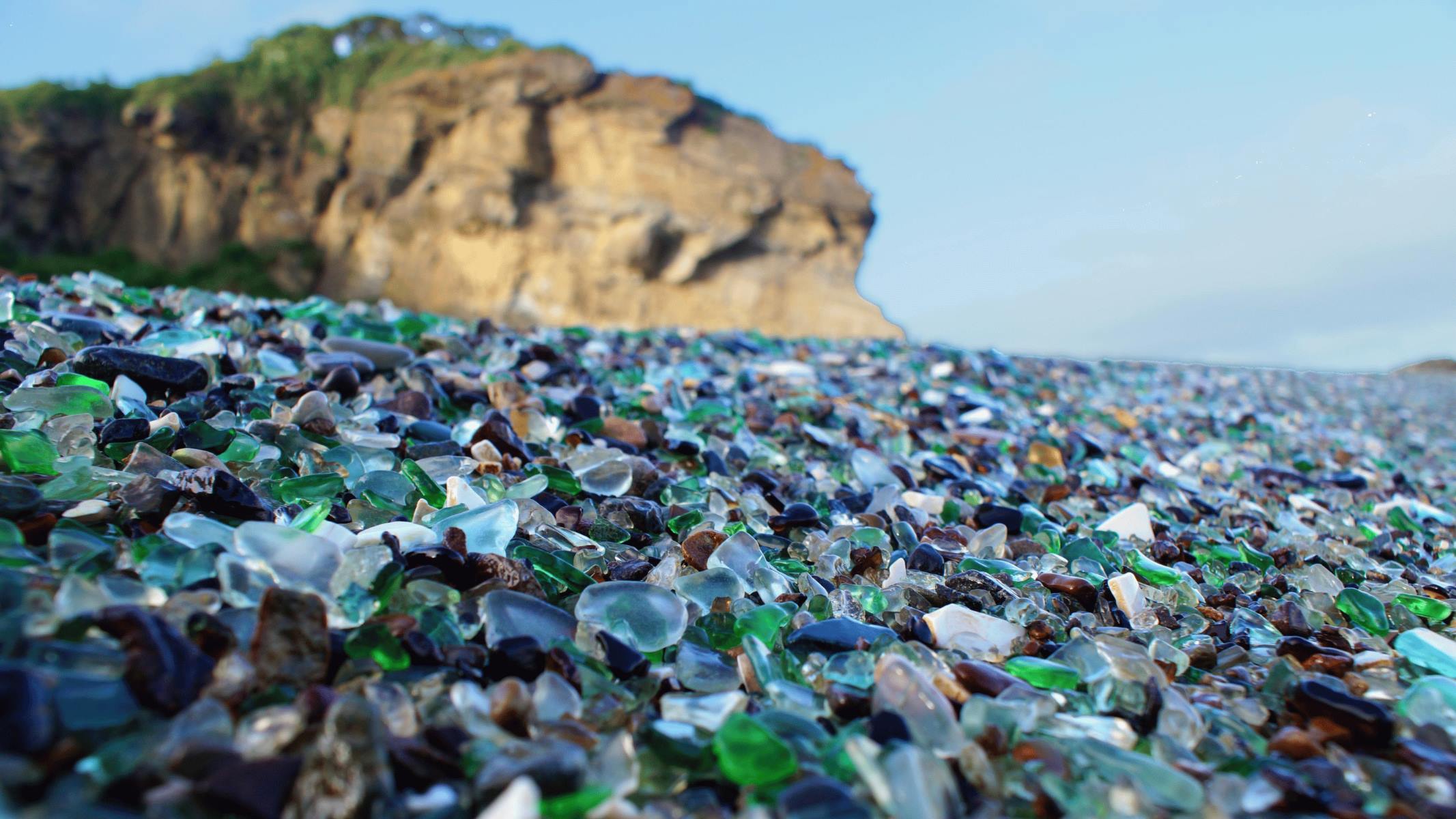
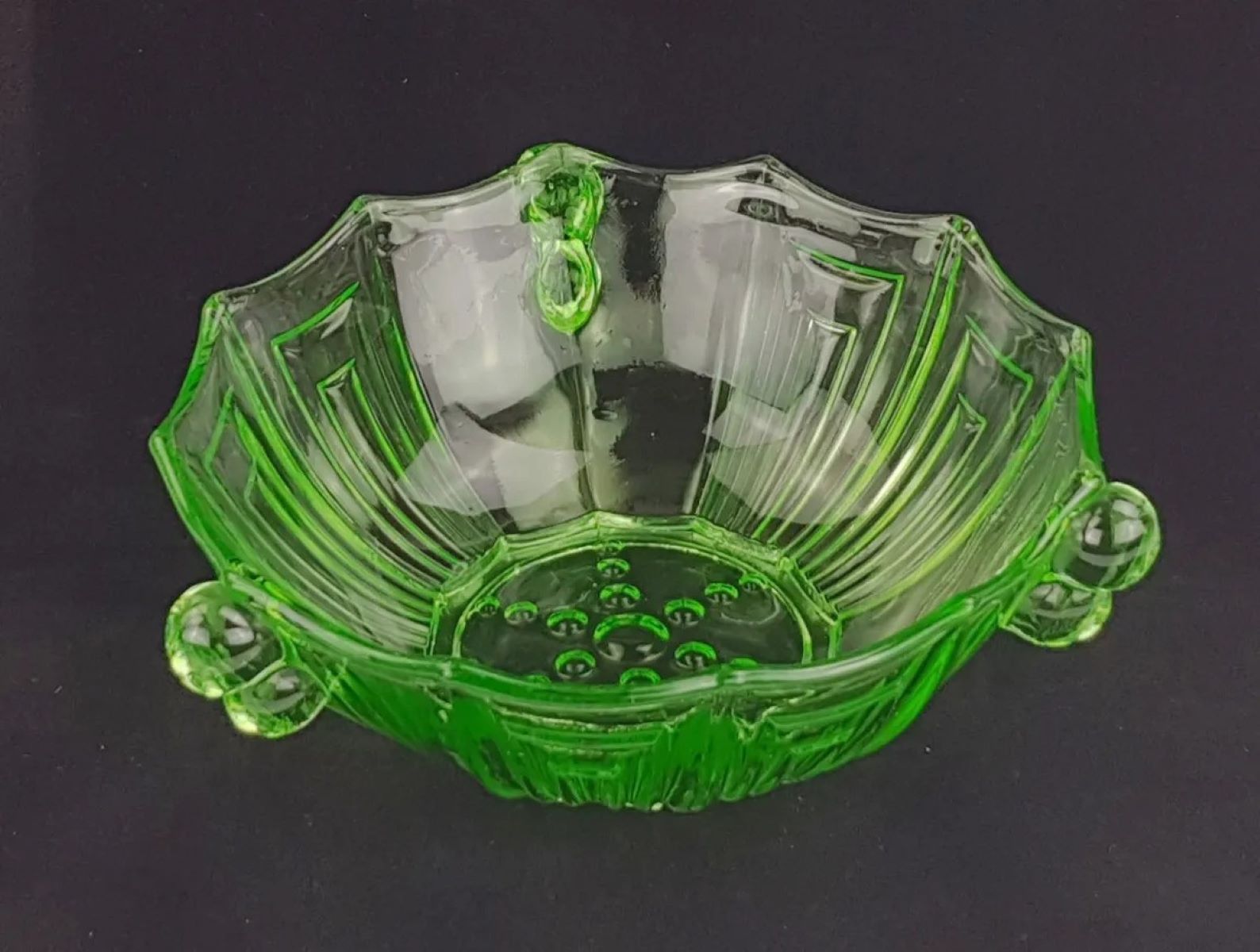

0 thoughts on “How To Find Sea Glass”